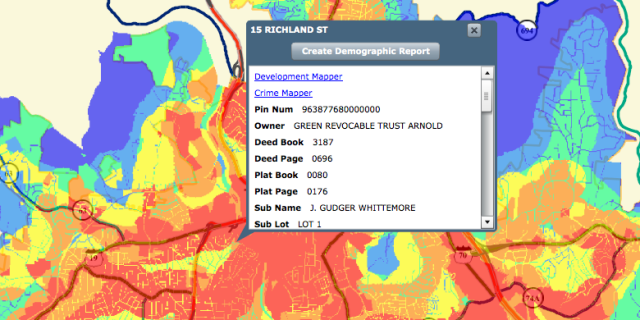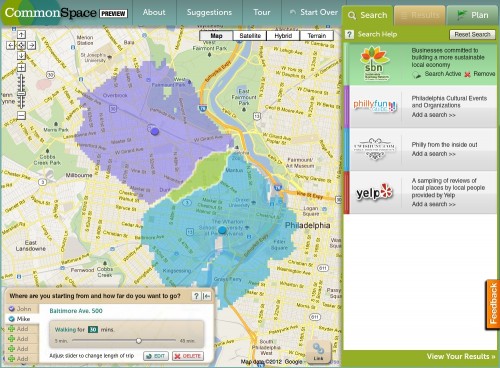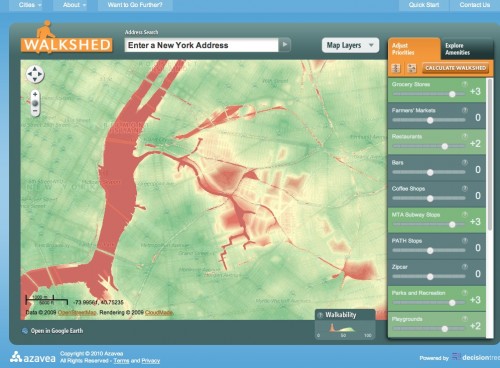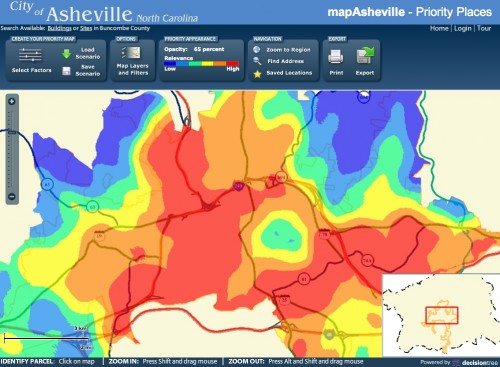The power of spatial analysis can be applied to making better decisions about where to invest in economic development; where to site a hospital; or where to ship consumer goods to best meet demand. As geographic analysis routines become more sophisticated and execute upon increasingly larger datasets, the need for more powerful geoprocessing systems becomes critical. GeoTrellis is an open source high performance geoprocessing engine that performs commonly needed geographic operations with speed, scale and an open architecture, enabling analysis applications that have previously only been possible with a workstation GIS to be made available online and in mobile apps.
Distributed Geoprocessing
By breaking geoprocessing tasks into concurrent units of work, GeoTrellis harnesses the power of multiple cores, processors and servers to deliver analytic results in nearly real-time. Operations are accelerated by multiple orders of magnitude, enabling applications to interact with data in dramatically new ways. For instance, some commonly used operations can return results in less than 100 milliseconds providing a real-time environment to the end user.
Faster is not just faster, it’s different. For example, a truly responsive user experience makes it possible to create public participation planning tools or educational games that incorporate sophisticated geospatial models.
New Types of Applications
Whether your data analysis strives to improve public safety, prioritizes areas for environmental preservation, educates, informs policy or simply increases your bottom line, quick and easy access to geographic analysis can transform the way you accomplish your work. By integrating GeoTrellis into your applications and workflows, you can leverage the performance enhancements that high performance geoprocessing provides. This can not only save you time but also dramatically transform the way your application interacts with geospatial data. Functionality that would traditionally be exposed to users by a confusing sequence of dialogue boxes and progress indicators can suddenly become interactive, live controls with which to explore data — all due to the speed of GeoTrellis.




